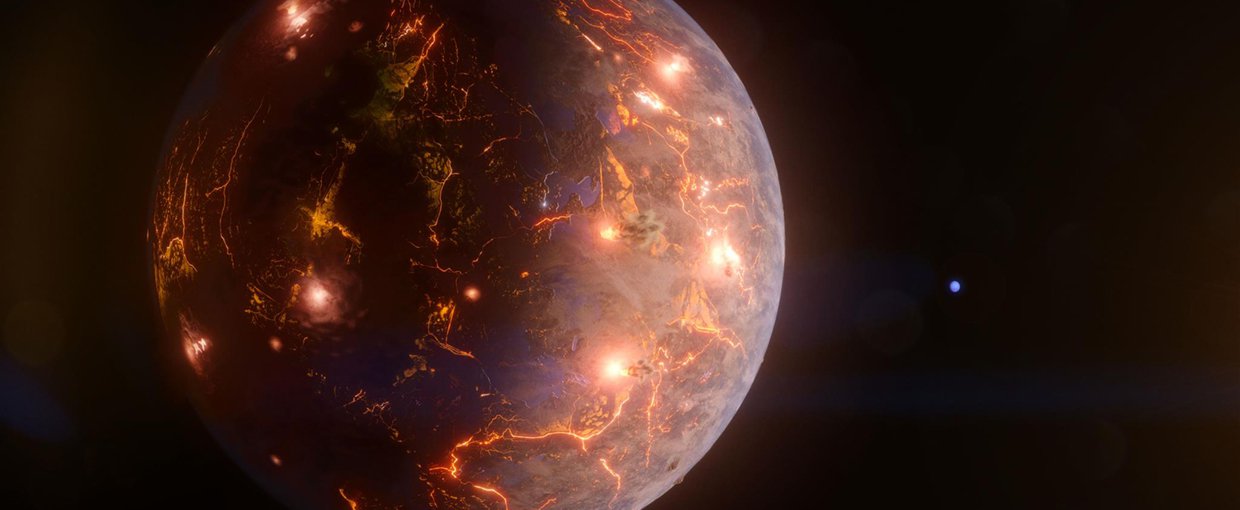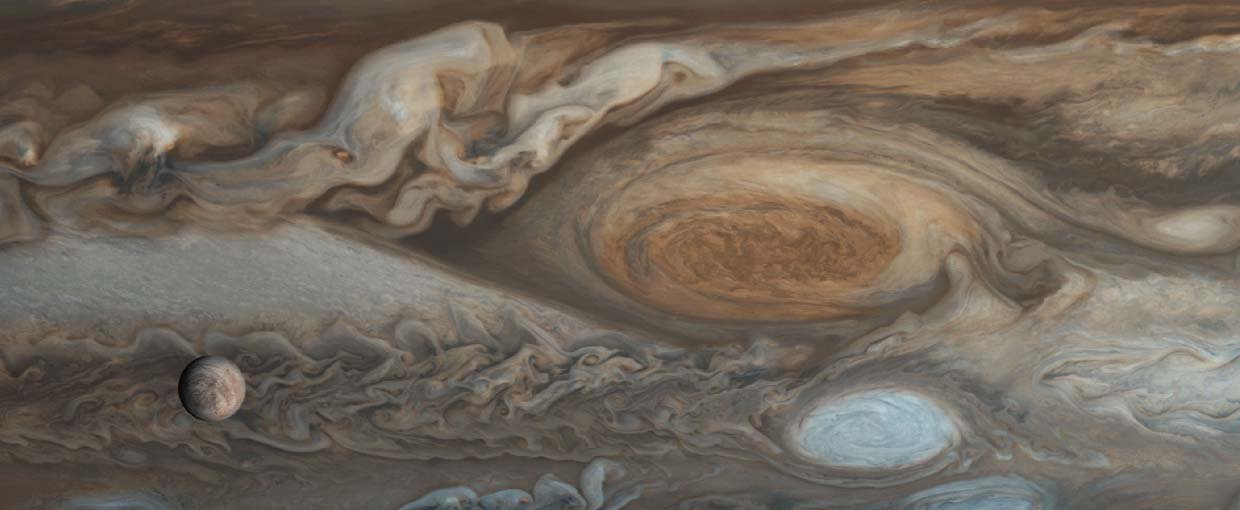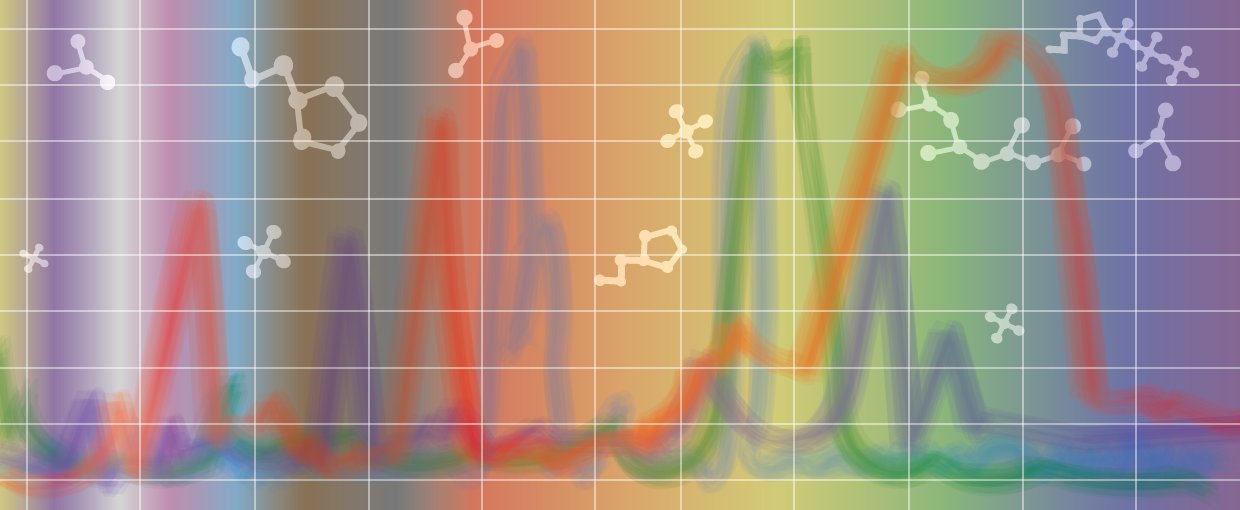Lin, H-T., Cowen, J. P., Olson, E. J., Lilley, M. D., Jungbluth, S. P., Wilson, S. T., & Rappé, M. S. (2014). Earth and Planetary Science Letters, 405(None), 62–73. doi:10.1016/j.epsl.2014.07.037
MacKenzie, S. M., Barnes, J. W., Sotin, C., Soderblom, J. M., Le Mouélic, S., Rodriguez, S., … Baines, K. H. (2014). Icarus, 243(None), 191–207. doi:10.1016/j.icarus.2014.08.022
Malaska, M. J., & Hodyss, R. (2014). Icarus, 242(None), 74–81. doi:10.1016/j.icarus.2014.07.022
Mancinelli, R. L. (2014). International Journal of Astrobiology, 14(01), 123–128. doi:10.1017/s147355041400055x
McCubbin, F. M., Sverjensky, D. A., Steele, A., & Mysen, B. O. (2014). American Mineralogist, 99(11-12), 2258–2271. doi:10.2138/am-2014-4947
Melchiorre, E. B., & Talyn, B. C. (2014). Chemical Geology, 388(None), 1–8. doi:10.1016/j.chemgeo.2014.08.031
Morelli, A., Haugner, J., & Seelig, B. (2014). PLoS ONE, 9(11), e112028. doi:10.1371/journal.pone.0112028
Nicholson, W. L., Zhalnina, K., De Oliveira, R. R., & Triplett, E. W. (2014). INTERNATIONAL JOURNAL OF SYSTEMATIC AND EVOLUTIONARY MICROBIOLOGY, 65(Pt 2), 556–561. doi:10.1099/ijs.0.067983-0
Roberge, A., Welsh, B. Y., Kamp, I., Weinberger, A. J., & Grady, C. A. (2014). The Astrophysical Journal, 796(1), L11. doi:10.1088/2041-8205/796/1/l11
Shih, H-Y., & Goldenfeld, N. (2014). Phys. Rev. E, 90(5), None. doi:10.1103/physreve.90.050702



